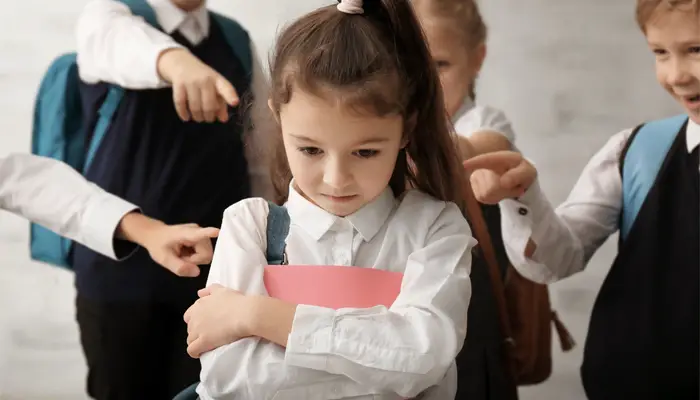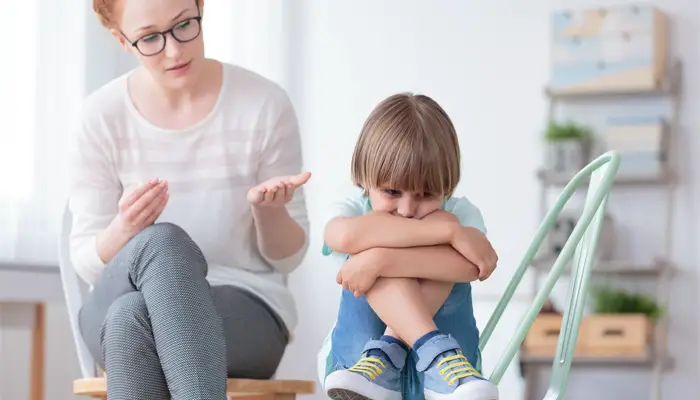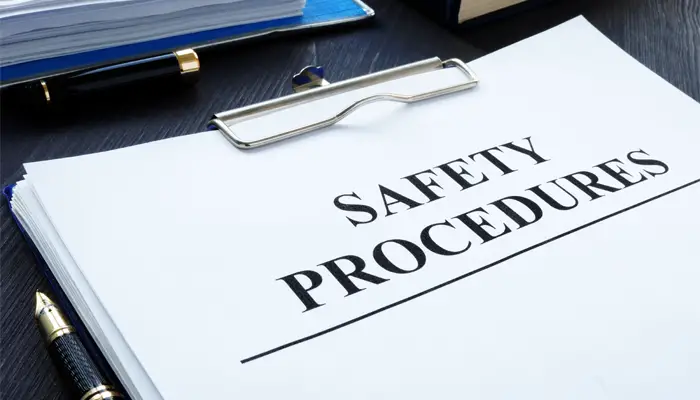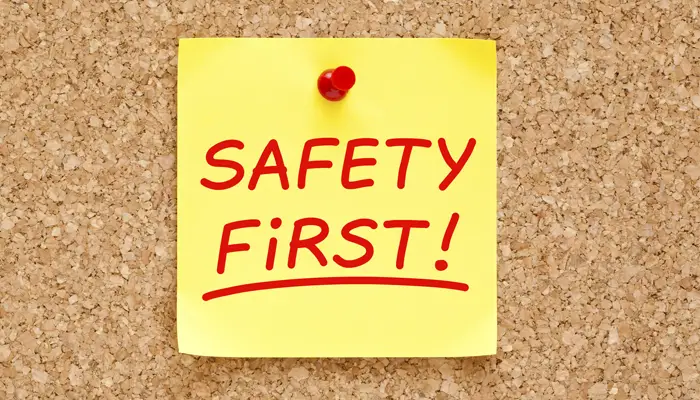Schools are responsible for the safety and well-being of their students, which is why safeguarding interview questions are important for staff.
By asking these questions, schools can ensure that all employees understand their responsibilities when it comes to child safety.
What is safeguarding in schools?
Safeguarding in schools refers to the measures taken to protect students from physical or emotional harm and to prevent them from engaging in risky or harmful behaviours.
Safeguarding policies and procedures are designed to create a safe and supportive environment for all members of the school community.
When it comes to safeguarding children, schools play a vital role. That’s why it’s so important for schools to ensure that their staff are well-trained in recognizing safeguarding issues and following safeguarding procedures.
What are some common safeguarding risks in schools?

There are a number of potential risks that could threaten the safety and well-being of students in schools. These include bullying, cyberbullying, sexting, drug and alcohol abuse, self-harm, radicalisation and extremism.
22 safeguarding interview questions for school staff
1. What is your understanding of the term “safeguarding”?
2. What would you do if you suspected a child was being abused?
3. Do you have any experience working with children who have been abused?
4. Have you ever had to report a case of suspected abuse to the authorities? If so, could you tell me about that experience?
5. What training have you had in relation to child safeguarding?
6. What do you think are the main risks and vulnerabilities that children face today?
7. What do you think are the signs that a child may be being abused or neglected?
8. What do you think are the most common forms of abuse?
9. What do you think are the main reasons why children don’t disclose abuse?
10. How can we make sure that children feel comfortable and safe enough to disclose abuse?
11. What do you think are the best ways to prevent child abuse and neglect from happening in the first place?
12. What do you think is the most important thing that families can do to keep children safe?
13. What do you think schools should do to promote child safeguarding?
14. What do you think are the key components of an effective child safeguarding policy?
15. How would you deal with a situation where a colleague was not following proper child safeguarding procedures?
16. What do you think are the most important things that school staff should remember when it comes to safeguarding?
17. What do you think are the biggest challenges that schools face when it comes to safeguarding?
18. What do you think is the most important thing that school staff can do to keep children safe?
19. What do you think is the most important thing that society can do to prevent child abuse and neglect?
20. What do you think are the best ways to support a child who has been abused?
21. What do you think are the most important qualities for someone in a safeguarding role within a school?
22. Do you have any further questions for us about the role or our school’s safeguarding policies and procedures?
Common signs of abuse or neglect

There are many signs that a child may be being abused or neglected. Some of these signs may be physical, such as bruises, cuts, or burns; others may be behavioural, such as withdrawing from friends or activities, acting out in anger, or becoming more withdrawn and quiet.
Some common forms of abuse are:
- Physical abuse
- Sexual abuse
- Emotional abuse
- Neglect
- Exposure to violence
- Bullying
- Cyberbullying
- Sexual harassment
- Race, or gender-based discrimination
- Retaliation for reporting abuse
What is a child safeguarding policy?

In a nutshell: A child safeguarding policy is a set of procedures and guidelines that schools can use to help protect children from abuse, neglect, and exploitation.
The policy should outline the roles and responsibilities of school staff members in relation to safeguarding, as well as the procedures that should be followed if there are concerns about a child’s welfare.
A good child safeguarding policy will also provide information on how to prevent abuse from happening in the first place, and how to support children who have been affected by it.
Who is in charge of safeguarding in schools?
The headteacher is usually (not always) responsible for safeguarding in a school. This position is usually known as the “designated safeguarding lead” or DSL.
The DSL is responsible for ensuring that all staff members are properly trained in safeguarding and that they understand and follow the school’s child safeguarding policy.
The DSL should have received training in child protection and will be familiar with the school’s child safeguarding policy.
They will be the first point of contact if there are concerns about a child’s welfare and will liaise with other professionals, as necessary.
5 examples of safeguarding in schools:

1. Safe recruitment practices – A key part of safeguarding is ensuring that all staff who work with children have undergone thorough background checks. This helps to ensure that individuals with a history of abuse or violence are not employed in positions where they would have access to children.
2. Policies and procedures – Schools should have policies and procedures in place to protect children from abuse, exploitation, and neglect. These should be reviewed regularly and updated as needed.
3. Training and development – All staff who work with children should receive regular training on safeguarding issues. This will help them to identify signs of abuse, exploitation, and neglect and know how to respond appropriately.
4. Monitoring and supervision – Schools should have systems in place to monitor and supervise staff who work with children. This will help to ensure that they are adhering to safeguarding policies and procedures and identify any concerns early on.
5. Reporting concerns – Schools should have a clear procedure for reporting concerns about a child’s welfare. All staff should be aware of this procedure and know how to follow it if they have any concerns.
Wrapping up
Safeguarding is a complex and important issue, and there is no one-size-fits-all approach to it. Every school will have its own unique needs and challenges in relation to safeguarding, and there is no ‘right’ way to do things.
The most important thing is that schools have robust policies and procedures in place to protect children from abuse, exploitation, and neglect.
All staff should be properly trained in safeguarding and know how to identify and respond to signs of abuse.
And finally, there should be clear procedures for reporting concerns about a child’s welfare.







Leave a Comment